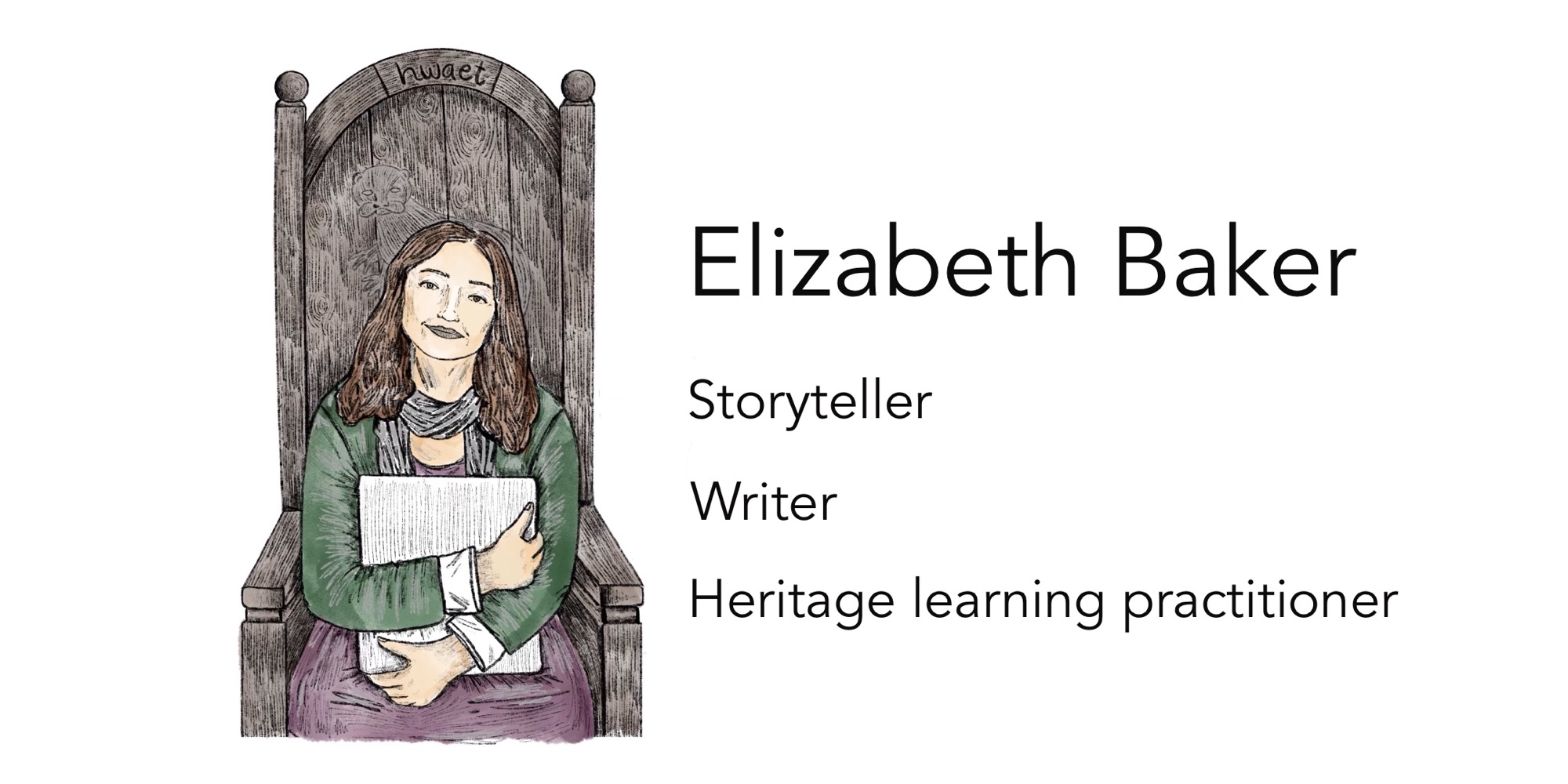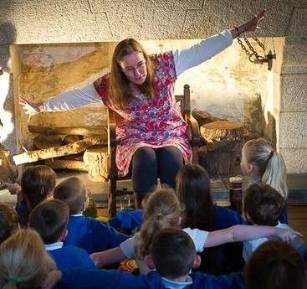Why we tell stories
It is said that all the stories in the world have developed from 7 story plots: Overcoming the Monster; Rags to Riches; The Quest; Voyage and Return; Comedy; Tragedy; Rebirth. To find out more you should read the excellent book 'The Seven Basic Plots - why we tell stories' by Christopher Booker. Also visit the wonderful Seven Stories, the National Centre for Children's Books in Newcastle upon Tyne. Storytelling and story writing can be traced back to the dawn of civilisation. The oldest recorded story is the Epic of Gilgamesh which was found written on clay tablets in a script called cuneiform. The archaeologist who found them had been investigating a series of mounds in the deserts of Mesopotamia and stumbled upon the city of Nineveh; one of the first cities ever built by humankind. Buried in Nineveh were the clay tablets covered in small, wedge-shaped marks. The tablets took 20 years to decipher and revealed the earliest written story. The Epic of Gilgamesh is a story about an evil monster and follows the pattern of the plot 'Overcoming the Monster': there's a threat, a hero, a monster, a battle, peril and then victory with a reward. Sounds familiar? Think of Jack and the Beanstalk, Little Red Riding Hood, legends such as Saint George and the Dragon - even Doctor Who! | ||||||
| Have you've noticed the wonderful storychair on my webpages and wondered where it came from? It was made by a brilliant artist called David Gross. He makes storychairs, seating and sculptures for schools, outdoor venues, museums and heritage sites. David likes to involve people in the creation of his sculptures and has tons of experience of working with school and adult groups of all ages and abilities, including special needs groups. David is based in the North East but works, and exhibits, nationally and internationally. He can be contacted by email on: [email protected] Some of his work is on his website: www.davidgross.info
|

